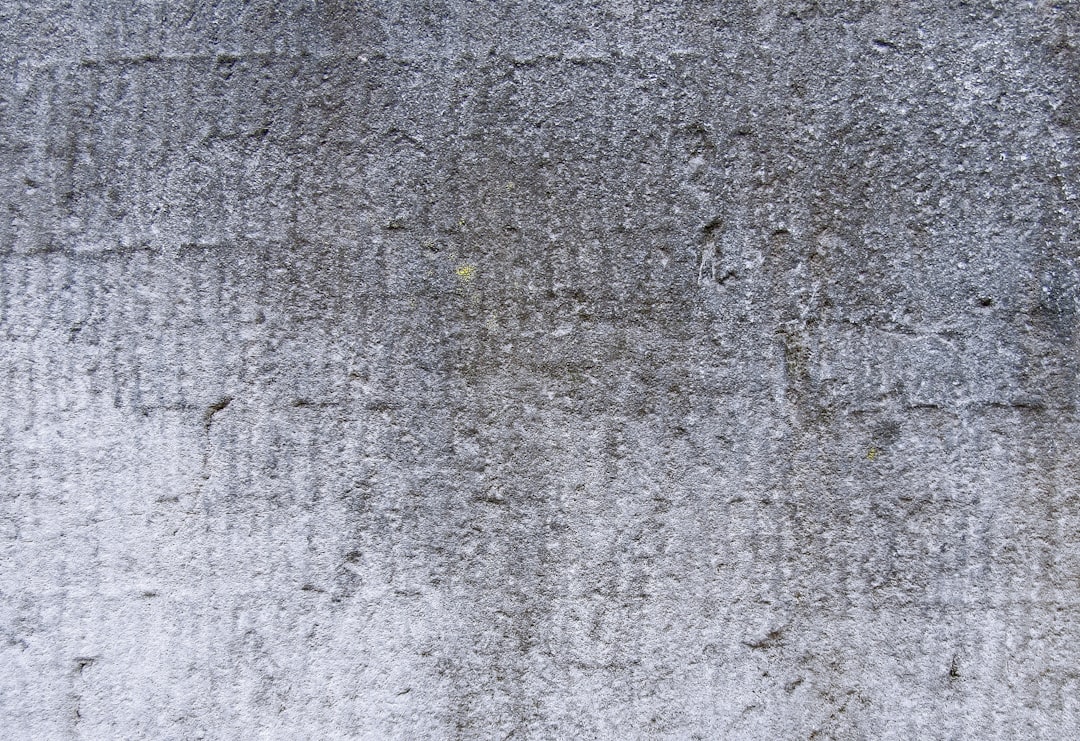What is it about?
In the present article, three types of composites were prepared by melt mixing of ethylene–propylene (EP) copolymer and (i) 3% NaOH treated jute fiber, (ii) 17.5% NaOH treated jute fiber and (iii) commercial microcrystalline cellulose powder using maleated EP copolymer as compatibilizer. The obtained composites were characterized by Fourier transform infrared spectroscopy (FTIR), Thermal gravimetric analysis (TGA) and microscopic measurements. The durability of the composites was evaluated under polychromatic irradiation (λ ≥ 290 nm) and composting condition for different time intervals. It was found that the treatments on the natural fiber have influenced the service life of the end product. Composites made from microcrystalline cellulose showed better mechanical properties as well as photo-resistance. The specimen containing 3% NaOH treated fiber exhibited relatively lowest photo-resistance and biosusceptibility. It was found that the composites were less durable under both abiotic and biotic conditions in comparison of the neat polymer matrix.
Featured Image

Photo by Onkarphoto on Unsplash
Why is it important?
The utilization of natural fiber as reinforcement for the thermoplastic composites is growing not only for ecological concern but also for wide range of applications. It was found that the composites were less durable under both abiotic and biotic conditions in comparison of the neat polymer matrix.
Perspectives
It was found that the treatments on the natural fiber have influenced the service life of the end product.
Dr Pratheep K Annamalai
University of Queensland
Read the Original
This page is a summary of: Degradability of composites, prepared from ethylene–propylene copolymer and jute fiber under accelerated aging and biotic environments, Materials Chemistry and Physics, August 2005, Elsevier,
DOI: 10.1016/j.matchemphys.2005.01.027.
You can read the full text:
Contributors
The following have contributed to this page










